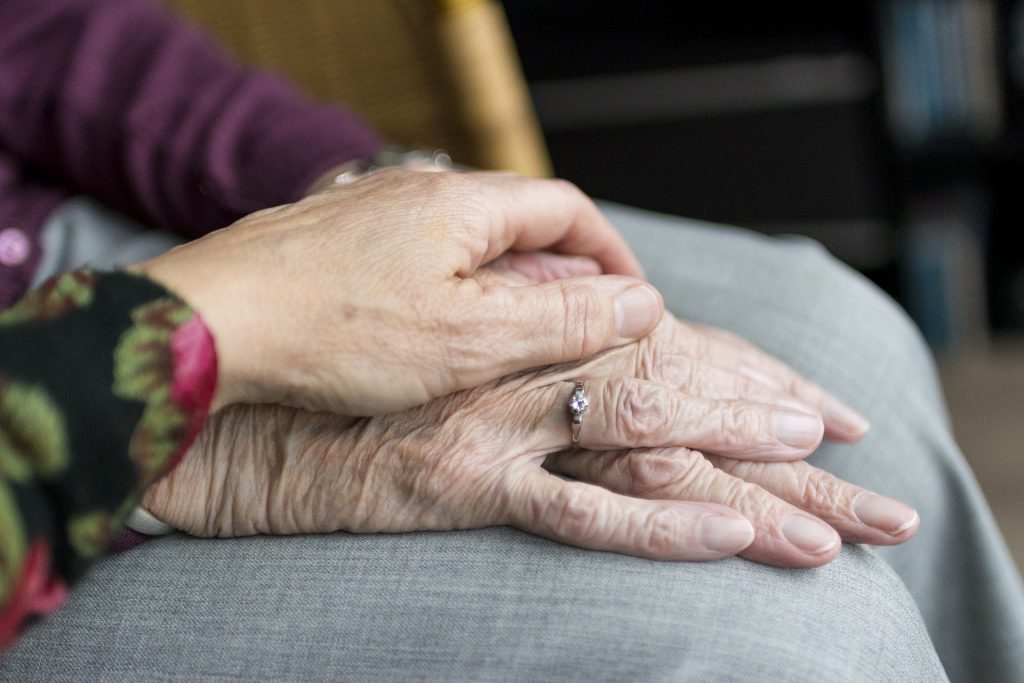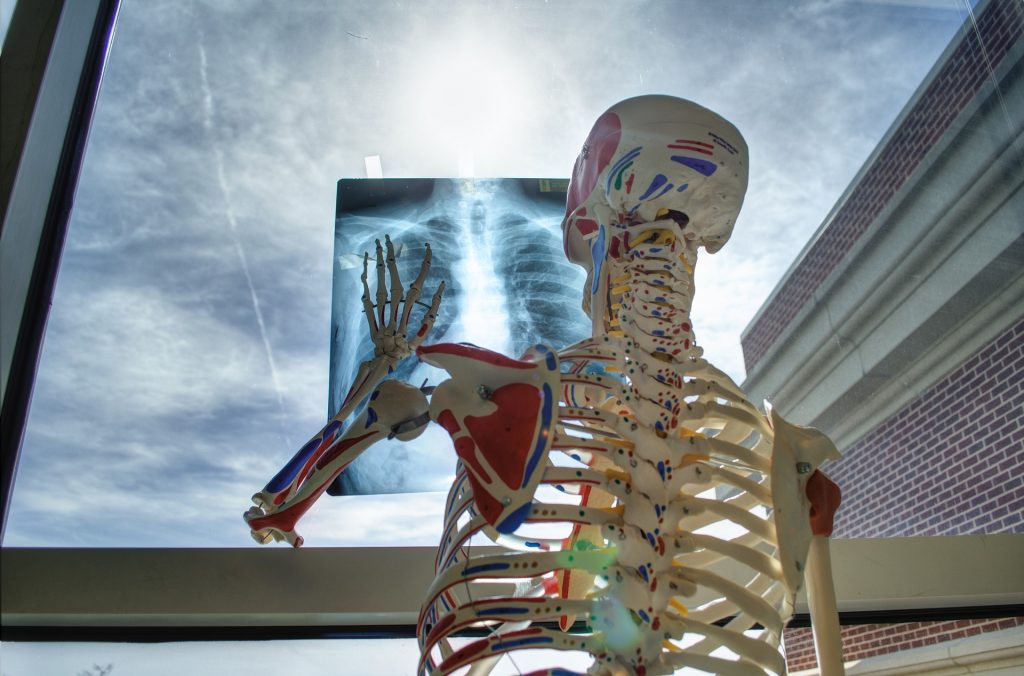There have been some fantastic new resources purchased for health students over the past academic year and we’d like to share them with you. Read on to find out more..
British National Formulary
The British National Formulary (BNF) is an online resource containing information and advice on prescribing and pharmacology, including facts and details about many medicines. Information within the BNF includes indication(s), contraindications, side effects, doses, legal classification, names and prices of available proprietary and generic formulations. You can read it on your laptop, on your phone, on the ward, on the bus – in fact as long as you log in to your CCCU account, you can read it almost anywhere. And we have the British National Formulary for Children (BNFC) too!

Clinical Key Student Midwifery
ClinicalKey provides full-text access to 32 key midwifery texts including Bailliere’s Midwives’ Dictionary and Mayes’ Midwifery. Log in via Open Athens to view the texts.
Cochrane Interactive Learning
For anyone who is tackling a systematic review but feels slightly daunted by the vast amount of health information out there, then this is the resource for you. Cochrane Interactive Learning consists of 11 modules to help you improve your knowledge and skills around conducting systematic reviews. It’s particularly useful for third years, postgraduates and early career researcher, who need a bit of extra support defining their review question or coming up with a clear search strategy. The first time you use the resource you will need to register using your CCCU email address.

iRefer Clinical Radiology
To facilitate appropriate referrals to radiology departments, The Royal College of Radiologists (RCR) has published RCR iRefer Guidelines: Making the best use of clinical radiology (iRefer) since 1989. The guidelines are aimed at clinicians, radiologists, radiographers and other healthcare professionals to determine the most appropriate imaging procedures for a wide range of clinical problems and to help clinicians to meet their obligations under the Ionising Radiation (Medical Exposure) Regulations (IRMER). The guidelines methodology has been accredited by NICE Evidence, managed by the National Institute for Health and Care Excellence (NICE). They provide the most appropriate imaging investigations or intervention for any diagnostic or imaging problem. Note: this is a campus only resource.
Social Work Toolkit
The Social Work Toolkit is an online resource which brings together a wealth of content designed to help social work students develop the knowledge, skills and confidence to succeed on their course and placements. It includes modules on communication skills, ethics, values and diversity, professionalism in practice, assessment and intervention and lifecourse perspectives. There are some useful videos on topics ranging from independent living and developing confidence, to improving practice through reflective writing.
StatDX
StatDX is a diagnostic support tool for radiographers. It contains over 4,600 diagnoses, 1500 diagnosis modules, 200 procedures and 400 normal imaging anatomy modules. Note: this is a campus only resource.
Would you like to know more?
You can find all of these resources and many more via Library Search (Find Databases A-Z) or you can read the health subject guides to learn more.
If you would like help using these resources, please get in touch with your team of friendly health librarians – Kate and Michelle (Canterbury) via health.librarian@canterbury.ac.uk and David Bedford (Medway) via d.bedford295@canterbury.ac.uk.
 Library
Library Michelle Crowther
Michelle Crowther 591
591







